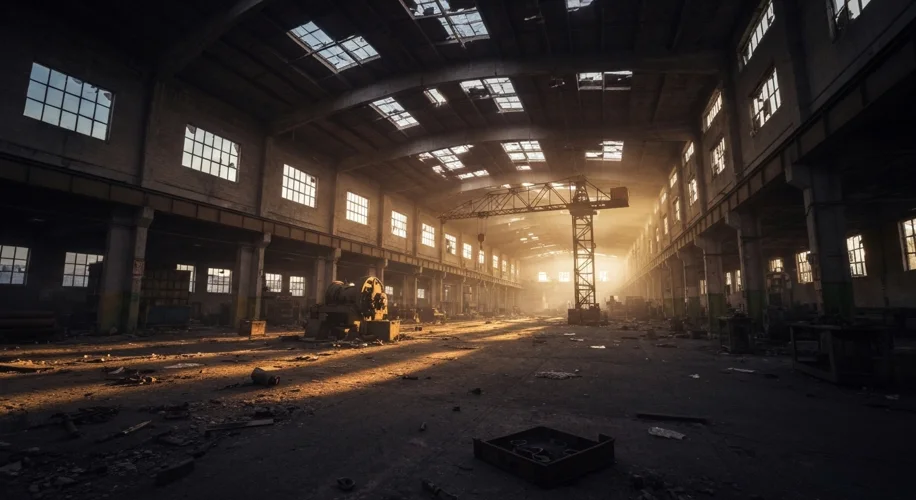The hum of American factories, once a symphonic testament to the nation’s industrial might, has been replaced by a disconcerting silence. For six consecutive months, the manufacturing sector has experienced a contraction, a worrying trend that has been significantly exacerbated by ongoing tariff disputes. This economic slowdown is not merely a statistical blip; it’s a potent signal of deeper shifts in the global economic landscape and the profound impact of trade policy decisions.
To truly grasp the gravity of this situation, we must rewind the clock. For decades, the United States prided itself on being the “workshop of the world.” From the gleaming assembly lines of Detroit to the sprawling mills of New England, American-made goods powered economies and defined lifestyles. This era of industrial dominance was built on a foundation of innovation, skilled labor, and a protected domestic market. Think of the sheer scale of production during World War II, where the “Arsenal of Democracy” churned out tanks, planes, and ships at an astonishing rate, showcasing the unparalleled capacity of American industry.
However, the latter half of the 20th century and the dawn of the 21st century witnessed a transformation. Globalization, driven by lower labor costs and international trade agreements, began to reshape the manufacturing map. Factories, once pillars of American communities, started to shutter, their operations migrating to countries with more competitive production costs. This shift wasn’t just about economics; it was a cultural and social upheaval. Communities built around specific industries faced economic devastation, with ripple effects felt for generations.
Then came the era of escalating trade disputes and the imposition of tariffs. The stated aim was often to protect domestic industries and jobs, to level the playing field against perceived unfair trade practices. The theory was simple: by making imported goods more expensive, consumers would opt for domestically produced alternatives, thus stimulating American manufacturing. Yet, the reality proved far more complex and, for many, detrimental.
Consider the steel industry. Tariffs were imposed to bolster American steel producers. While some domestic producers may have seen short-term benefits, the increased cost of steel rippled through countless other sectors. Automakers, construction companies, and appliance manufacturers, all reliant on steel, faced higher input costs. This often led to increased prices for consumers or, in some cases, a reduction in production and further job losses in those downstream industries. The intended protection became a burden, hindering competitiveness.
This is where the current contraction finds its roots. The protracted trade disputes have created an environment of uncertainty. Businesses, hesitant to invest and expand in a climate of unpredictable policy changes, have adopted a wait-and-see approach. The six-month contraction in manufacturing isn’t just a consequence of tariffs; it’s a symptom of this pervasive uncertainty, a chilling effect on investment and growth.
The impact is not uniform across all sectors. While some industries might have found ways to adapt or even benefit, many have struggled. Small and medium-sized manufacturers, often operating on thinner margins and with less leverage than their larger counterparts, have been particularly vulnerable. They may lack the resources to absorb rising costs or the ability to easily pivot their supply chains.
Analyzing this trend requires a nuanced perspective. While protecting domestic industries is a legitimate goal of economic policy, the tools used and their implementation have significant consequences. The interconnectedness of the global economy means that tariffs, intended to help one sector, can inadvertently harm others. The erosion of manufacturing capacity over decades is not easily reversed, and a sudden imposition of protectionist measures can create more problems than it solves.
The current situation serves as a potent historical reminder. Throughout history, nations have grappled with the balance between protectionism and free trade, with varying degrees of success. The consequences of such policies are not merely economic; they are deeply social and political, shaping communities, influencing elections, and impacting the daily lives of millions.
As we look ahead, the path forward for American manufacturing remains uncertain. The “shifting sands” of economic policy and global trade demand careful navigation. Understanding the historical echoes of past industrial policies and trade disputes is crucial for charting a course that fosters sustainable growth, innovation, and widespread prosperity, ensuring the hum of American factories can once again resonate with strength.

